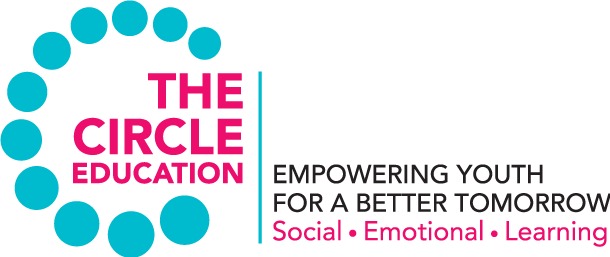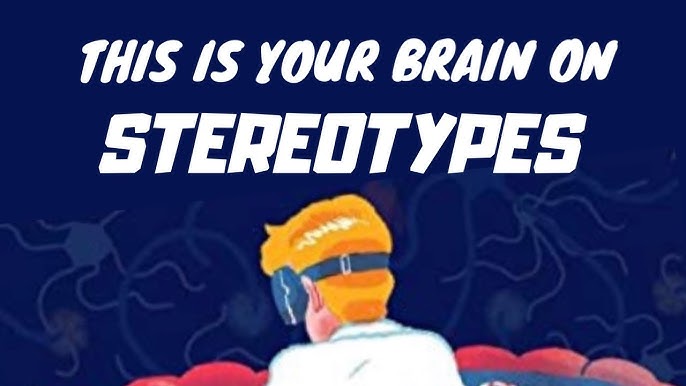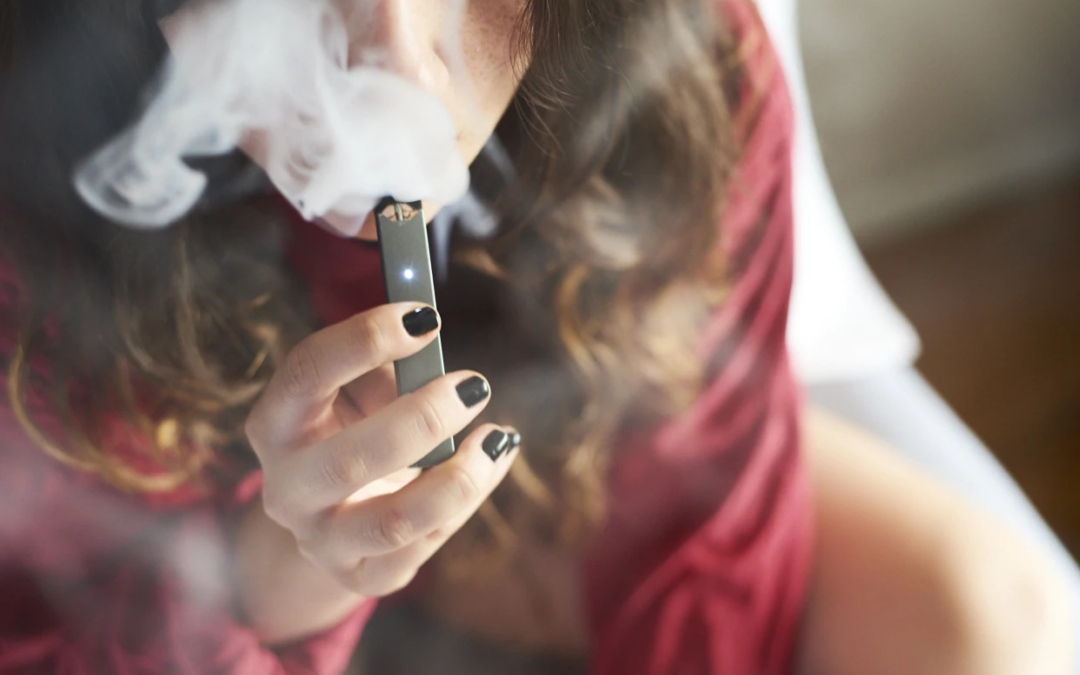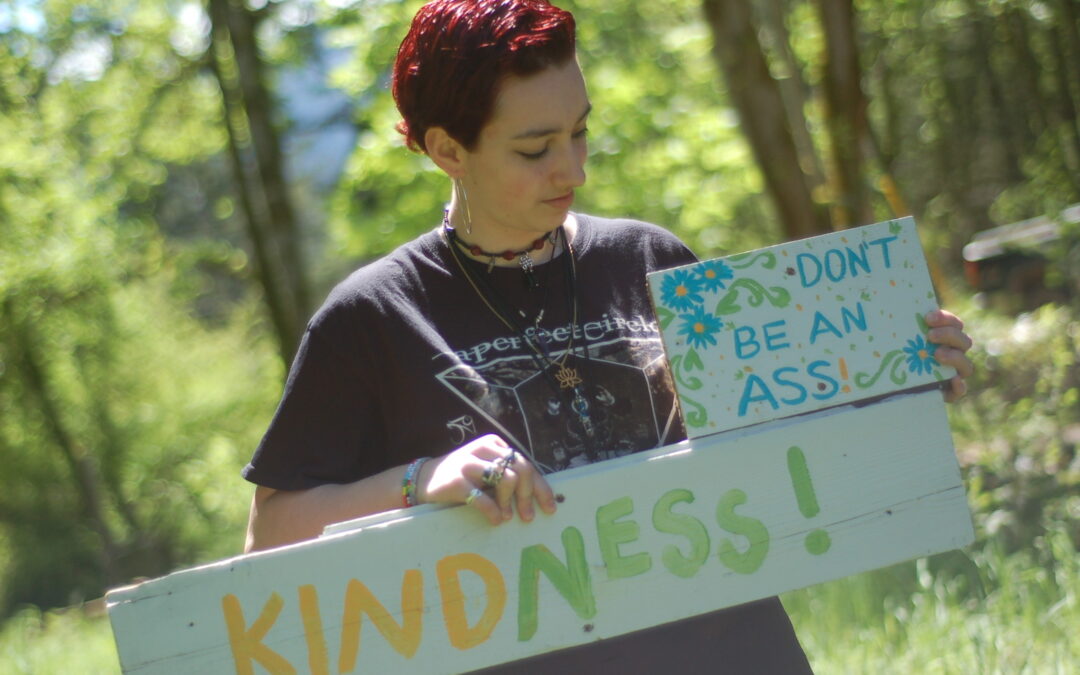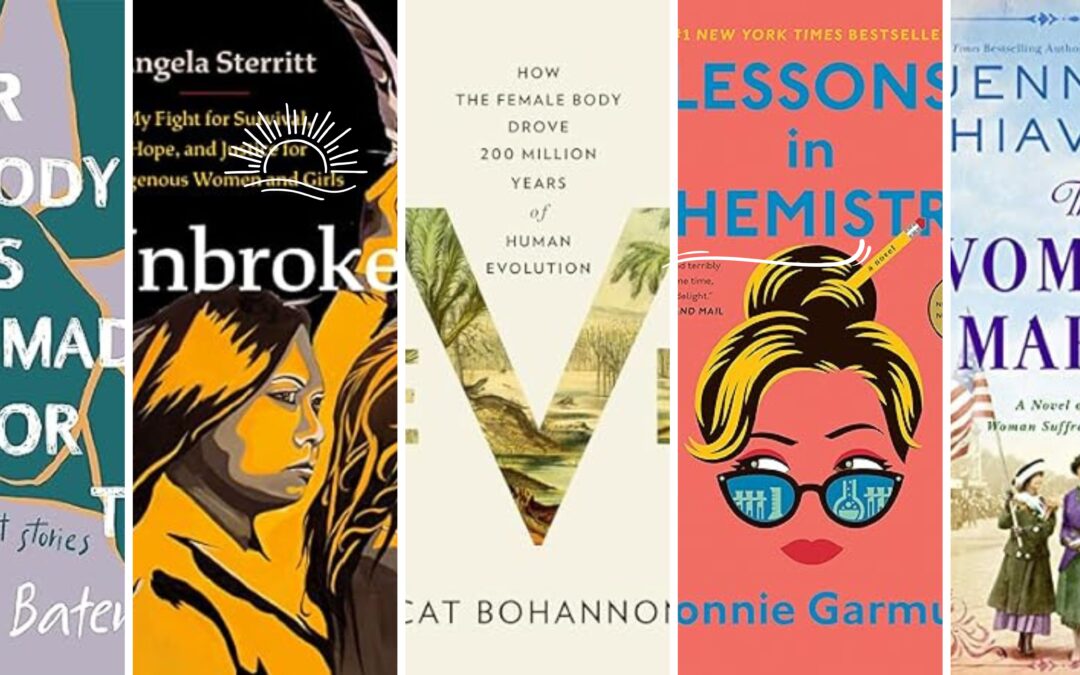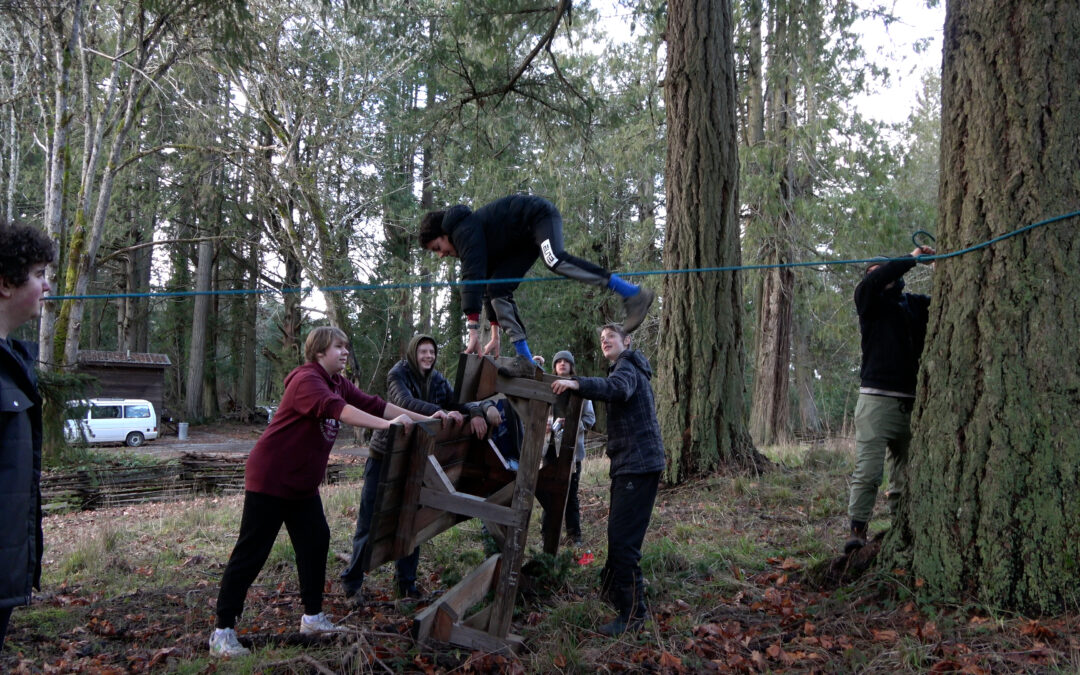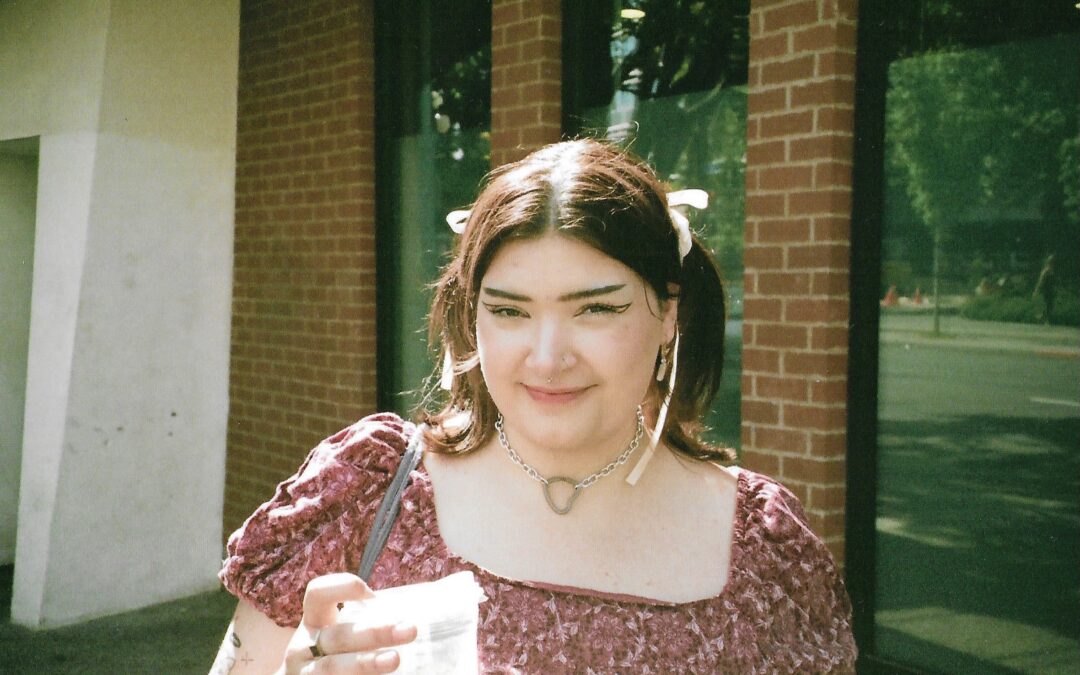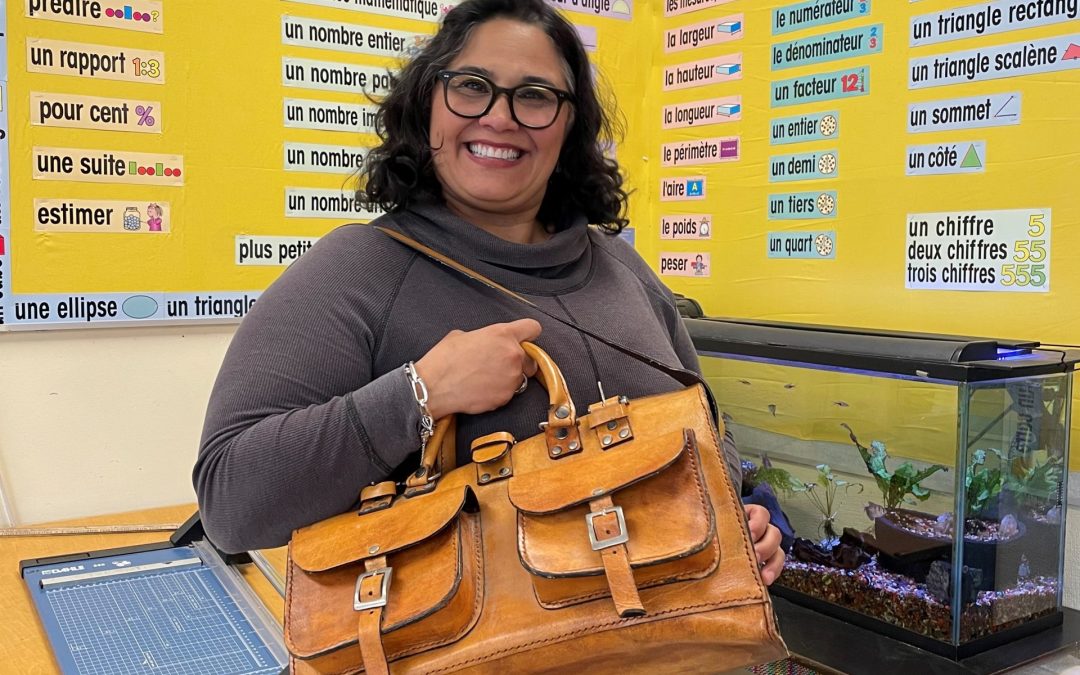Identifying and questioning stereotypes, bias, and prejudice has been part of our educational programs since we started to develop our social-emotional learning framework for kids and youth twenty-five years ago. It turns out that stereotypes start to take form in our brains at a really young age and can seriously affect students’ performances and the areas they choose to study. What can we do as parents and teachers to help kids (and their brains) to be less biased? We talked about this with Tanya Lloyd Kyi who wrote a book about stereotypes for children and youth: This is Your Brain on Stereotypes; How Science is Tackling Unconscious Bias.
Our brains don’t hold stereotypes when we are born, we absorb them from our environment long before we understand what we’re doing. American researchers found out in 2017 that kids begin to pick up stereotypes more quickly around the time they start kindergarten. “We definitely start to pick up stereotypes early and I think we continue to build on them as we progress,” says Tanya Lloyd Kyi, who has written more than thirty books for children and youth about topics related to science, pop culture and history.
Girls or boys, who are smarter?
Girls or boys, who are smarter? When five-year-old boys and girls are asked this question, the girls think they are particularly brilliant and the boys think boys are geniuses. Things begin to shift around the age of six. “When boys and girls were asked the same question a year later, suddenly they all said the boys were smarter. Even the girls who were doing better in school.”
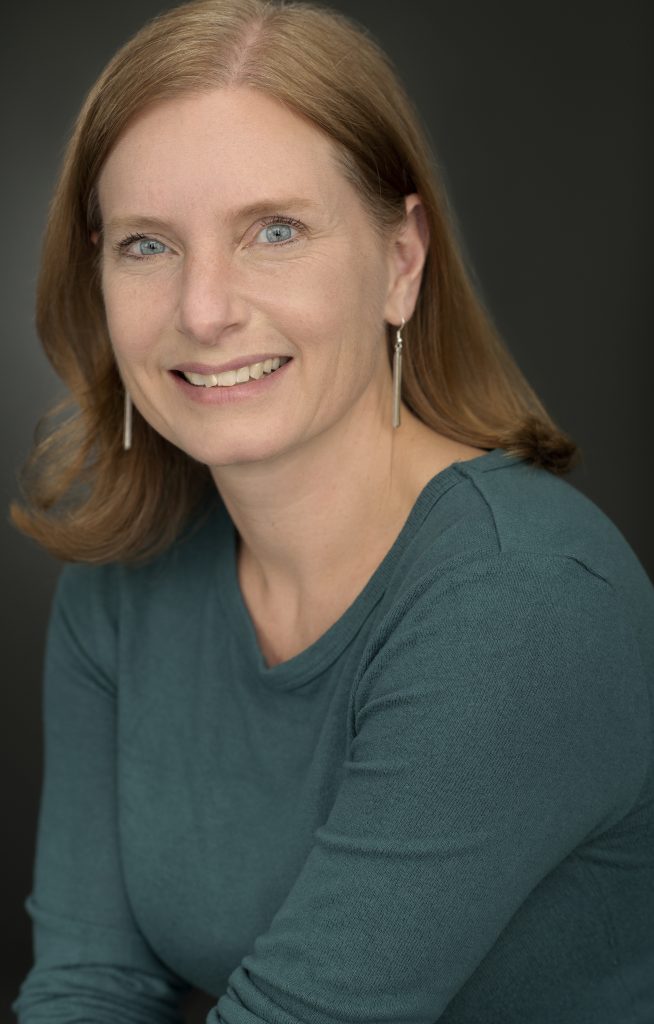
The idea for a book about stereotypes originated when Lloyd Kyi listened to a science podcast about bias the same day she learned about her husband’s experience at a conference in Edmonton. “My husband is an occupational therapist and was invited to deliver the keynote speech at the conference. When I talked to him on the phone, he told me that he had been at the venue that morning. He was there to check out the conference room when someone rushed in and said: ‘Thank goodness you’re finally here. We have been waiting forever to get the heat turned up.”
Hurtful stereotypes
Her husband, who was born in Burma (now Myanmar), didn’t hesitate to respond. “He is very friendly and fun, but he called her on her assumptions,” Lloyd Kyi continues. “He said: did you think I was the custodian because I am brown? The woman was embarrassed, she apologized, they talked and they were fine. My husband is an extrovert and not easily upset. If something like this happens, he starts conversations with people about it. But for people who are less confident, it can be hurtful. His experience and the information I absorbed from the podcast, made me wonder if there was enough research on this to write a book for kids on how our brains categorize, and how those categories can trick us.”
It turned out that there was more than enough. Lloyd Kyi discovered that our brains hold stereotypes and label things to make sense of the world around us. “Stereotypes help us to sort things, so we know which items of clothing go on our legs and which go on our arms. But our brains do not only sort things, they sort people as well and that’s where it gets complicated.”
Self-stereotyping
Stereotypes are like balloons bobbing over our heads. Not all stereotypes are harmful, but negative stereotyping can lead to negative attitudes and behaviours toward members of a social group based on definers such as gender, ethnic background and age. “We must realize that because we grow up in the society we grow up in, we have stereotypes in our brains. All of us do. And we don’t only stereotype things and other people, we also stereotype ourselves. That was what surprised me the most when I did the research for my book. Self-stereotyping happens for example if I sit in a room full of men and we are given a math test. Because of certain stereotypes that live in my brain – such as ‘men are better in math’ – I will perform less in that math test than when I was doing a math test with other women. That was fascinating.”
Researchers at Harvard University developed the Implicit Association Test (IAT) to see which stereotypes we unconsciously hold in our brain. “One of the researchers who helped develop the AIT took an early version of the test. She was asked to sort out words like career, and family, interspersed with male and female names. When she was asked to put male names and work-related words together, she was quick; when she tried to sort female names and work words, she was slower. When she got the result, she was convinced that there was something wrong with the test. But it wasn’t the test. Even though she was a woman with a successful academic career, the test had revealed a bias deep in her brain.”
Combatting prejudice
How can parents help kids combat stereotypes, bias, and prejudice? “The good thing is, as soon as you recognize that your brains hold stereotypes, you can consciously work against it. Research shows that the more people you know who are different from you, the fewer stereotypes you will have. You can stimulate children to befriend kids who are not the same as them. If you live in a place where there is not a lot of diversity, you can also encourage them to read books or watch movies about people who are different from them. Researchers from McGill University found that reading books about friends who have different ethnicities can help reduce prejudice.”
Older kids can get involved in many ways to combat stereotypes. “They can ask their teacher or librarian to make a display about this topic, or they can try to be an ally. Are your neighbours going to Pride Month events, why not join them? You can also be an activist by writing letters to politicians or companies when they see stereotypes in action. There is a great TedTalk by McKenna Pope, who was thirteen when she became an activist. Her little brother liked baking, but the Hasbro Easy Bake oven only came in pink colours, which suggests that baking is only for girls, not boys. After she wrote that letter, Hasbro produced an oven in gender-neutral colours. That was just one kid who not only changed the way a toy looked like but also made other companies rethink gender stereotypes.”
Presentation stereotypes
When you become a new member, or if you renew your membership before October 1st, you can attend a free live video presentation about stereotypes by author Tanya Lloyd Kyi. Lloyd Kyi has written the children’s book This is Your Brain on Stereotypes; How Science is Tackling Unconscious Bias.
Lloyd Ki explains in her presentation why we have secret biases in our brains, how stereotypes can negatively affect people, and how we can help kids to be less biased. This presentation is planned for October 26th (7-8 pm) but there’s also the option to watch it in your own time.
Members of The Circle Education also get 20% discount on our Working with Youth Training which is offered three times throughout the year.
Membership costs
Individual memberships cost $20 per year. Our membership year runs from September through August. To vote at our Annual General Meeting, your membership dues must be paid at least 30 days before the meeting. Our AGM this year is on Tuesday, November 21st.
